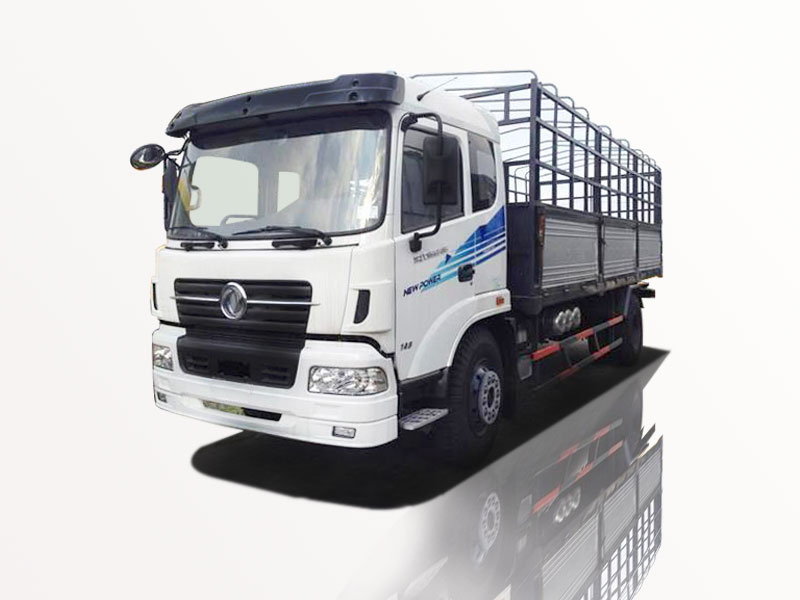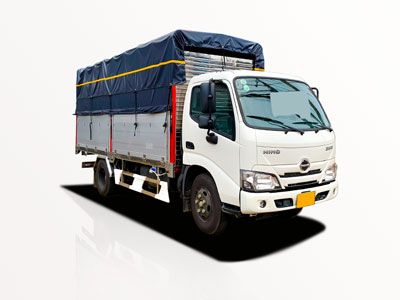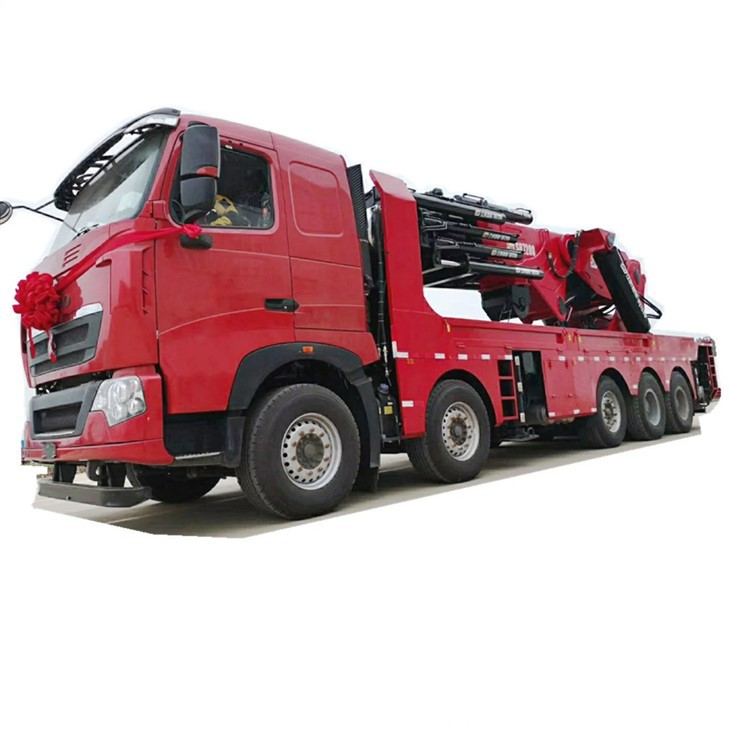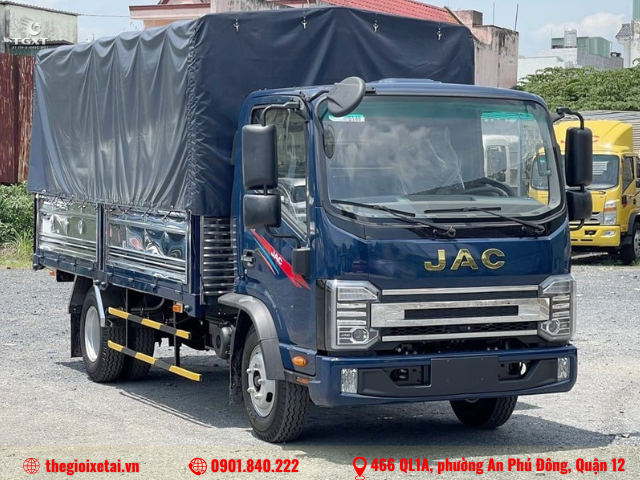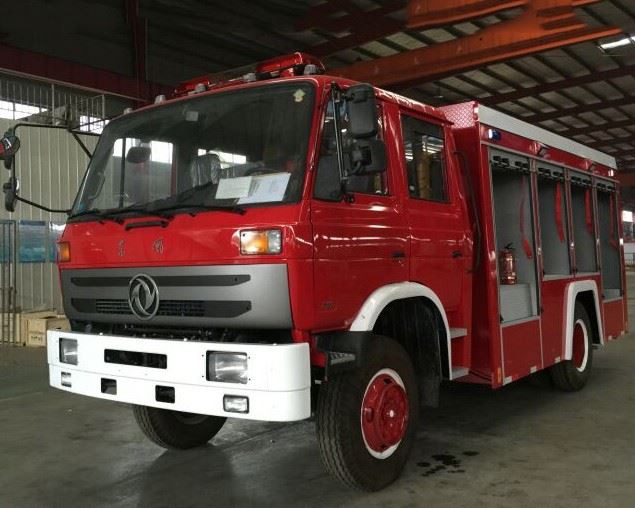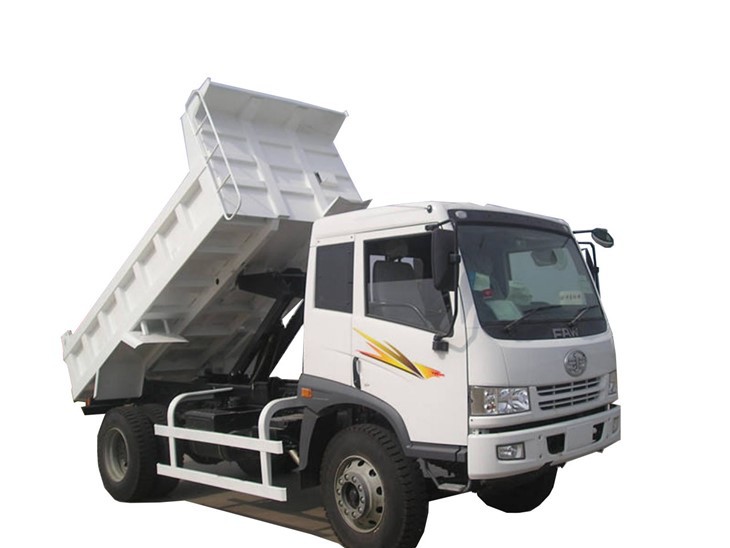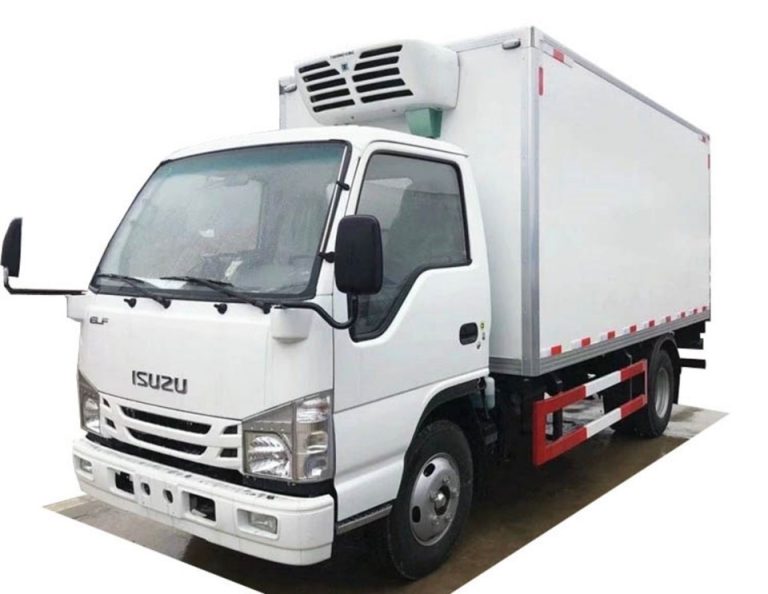Semi trucks play a crucial role in the transportation and logistics industry, serving as vital links in supply chains all over the world. Understanding the processes and innovations within a semi truck factory sheds light on how these massive vehicles are constructed and the intricacies involved in their manufacturing. This article provides an in-depth look at semi truck factories, covering everything from the production process to the latest technologies used in truck manufacturing.
What is a Semi Truck Factory?
A semi truck factory is a specialized facility where semi-trailer trucks, also known as tractor-trailers or 18-wheelers, are manufactured. These factories are equipped with advanced machinery, assembly lines, and skilled workforce dedicated to building these heavy-duty vehicles. The production of semi trucks involves multiple stages, including design, engineering, assembly, and quality control.
Overview of the Semi Truck Manufacturing Process
1. Design and Engineering
The journey of a semi truck begins in the design and engineering phase. This step is critical as it lays the foundation for the entire manufacturing process. Engineers and designers work together to create designs that meet safety standards, fuel efficiency, and performance requirements. CAD (Computer-Aided Design) software is typically used for this purpose.
Key Considerations in Design
- Aerodynamics: Improving airflow around the truck to enhance fuel efficiency.
- Safety Features: Implementing systems like anti-lock brakes and collision prevention.
- Durability: Selecting materials that can withstand heavy use and harsh conditions.
2. Sourcing Raw Materials
Once the design is finalized, the next step is to source the raw materials required for the manufacturing process. This includes metals, plastics, and composites needed for various parts of the truck, such as the chassis, cabin, and trailer. Factories often work with multiple suppliers to ensure a steady supply of high-quality materials.
Common Materials Used in Semi Trucks
| Material Type | Application |
|---|---|
| Steel | Chassis and frame construction |
| Aluminum | Body panels and fuel tanks for weight reduction |
| Plastic Composites | Interior fittings and trim |
3. Assembly Line Processes
The assembly line is where the magic happens — the raw materials come together to form a fully functional semi truck. This stage involves multiple steps, including welding, painting, and assembling various components like the engine, transmission, and electrical systems.
Stages of Assembly
- Chassis Assembly: The frame of the truck is constructed, incorporating the engine and suspension systems.
- Cabin Installation: The driver’s cabin is mounted onto the chassis.
- Electrical System Setup: Wiring for lights, navigation, and other essentials is installed.
- Towing Mechanism Assembly: Fifth wheel and other towing systems are added to connect the trailer.
4. Quality Control and Testing
Quality control is paramount in semi truck manufacturing. After assembly, each truck undergoes rigorous inspections and testing to ensure safety, performance, and compliance with industry regulations. This includes road tests to assess handling and performance under various conditions.
Testing Procedures
- Brake Testing: Ensures braking systems function effectively under load.
- Performance Testing: Monitors engine performance, fuel efficiency, and acceleration.
- Emissions Testing: Verifies compliance with environmental standards.
Innovation in Semi Truck Manufacturing
Advanced Technologies
Modern semi truck factories incorporate advanced technologies to streamline production and improve the quality of the final product. Robotics, automation, and artificial intelligence are increasingly part of the manufacturing landscape.
Benefits of Advanced Manufacturing Technologies
- Increased Efficiency: Automating repetitive tasks speeds up production times.
- Improved Precision: Robotics minimize human error in assembly processes.
- Data Analytics: Monitoring production data helps optimize the manufacturing process.
Electric and Autonomous Trucks
The future of semi truck manufacturing also includes the development of electric and autonomous vehicles. Factories are evolving to accommodate new electric powertrains and technology needed for self-driving capabilities, which could significantly change the logistics landscape.
Challenges and Opportunities
| Challenge | Opportunity |
|---|---|
| High Development Costs | Potential for long-term savings through fuel efficiency. |
| Technological Integration | Creating new jobs focused on tech and maintenance. |
The Global Semi Truck Manufacturing Landscape
Major Players in the Industry
Several key manufacturers dominate the global semi truck market, including brands like Freightliner, Kenworth, Peterbilt, Volvo, and Scania. Each of these companies has its own factories spread across different regions of the world.
Regional Insights
- North America: Home to high-demand markets, specializing in heavy-duty trucks.
- Europe: Focus on fuel efficiency and sustainability with advanced emission controls.
- Asia: Rapid growth in truck production, particularly in China and India, supports expanding economies.
Economic Impact of Semi Truck Manufacturing
The semi truck manufacturing industry is a significant contributor to the global economy, providing jobs and supporting countless suppliers and service providers. The interconnected nature of the industry means that developments in truck technology can have wide-reaching implications.
Employment Opportunities
| Job Role | Description |
|---|---|
| Manufacturing Engineers | Focus on improving manufacturing processes and technology. |
| Assembly Line Workers | Operate machinery and assemble truck components. |
| Quality Control Inspectors | Ensure vehicles meet safety and quality standards. |
Environmental Considerations in Semi Truck Manufacturing
Sustainable Manufacturing Practices
As global awareness regarding environmental issues increases, semi truck factories are implementing sustainable practices to reduce their negative impact on the environment. This includes waste reduction, recycling initiatives, and the use of eco-friendly materials.
Examples of Sustainable Practices
- Energy Efficiency: Factories are opting for renewable energy sources like solar and wind power.
- Material Recycling: Scrap materials from the production process are reused to minimize waste.
- Water Conservation: Implementation of systems to recycle water used in manufacturing processes.
Future Trends in Sustainability
Looking ahead, the focus on sustainability in the semi truck manufacturing industry is expected to intensify. Manufacturers are likely to increase investments in research and development to create more efficient, cleaner vehicles that can meet global emissions targets.
Challenges Facing the Semi Truck Manufacturing Industry
Market Fluctuations
The manufacturing of semi trucks is susceptible to market fluctuations, which can impact demand and production levels. Economic downturns, changes in fuel prices, and shifts in logistics needs can result in a decline in orders.
Strategies to Mitigate Challenges
- Diverse Product Range: Offering a variety of models to cater to different market demands.
- Flexible Manufacturing: Adapting production lines to meet changing consumer preferences.
- Investment in Technology: Staying ahead of trends with innovative solutions to enhance competitiveness.
Labor Shortages
A persistent challenge in the semi truck manufacturing industry is finding skilled labor. As technology evolves, there is an increasing need for workers who possess both technical skills and knowledge of new manufacturing technologies.
Addressing Labor Issues
| Solution | Description |
|---|---|
| Training Programs | Companies are investing in employee training and development programs. |
| Collaboration with Educational Institutions | Partnerships with universities and vocational schools to create a skilled workforce. |
Frequently Asked Questions (FAQs)
1. What is the average cost of a semi truck?
The average cost of a semi truck can range from $100,000 to $150,000, depending on various factors like brand, specifications, and additional features.
2. How long does it take to manufacture a semi truck?
The manufacturing process of a semi truck can take anywhere from a few weeks to several months, depending on the complexity of the build and the factory’s production line efficiency.
3. Are electric semi trucks available in the market?
Yes, electric semi trucks are increasingly being developed and introduced to the market by several manufacturers as a more sustainable alternative to traditional diesel trucks.
4. What are the most popular semi truck brands?
Some of the most popular semi truck brands include Freightliner, Kenworth, Peterbilt, Volvo, and Mack. Each brand is known for its reliability and specific innovations.
5. How do semi trucks impact the environment?
Semi trucks contribute to air pollution and greenhouse gas emissions; however, advancements are being made in cleaner technologies and fuel efficiency to mitigate these impacts.
6. What safety features are common in modern semi trucks?
Modern semi trucks often feature advanced safety systems such as lane departure warnings, adaptive cruise control, anti-lock braking systems (ABS), and collision avoidance technologies.
